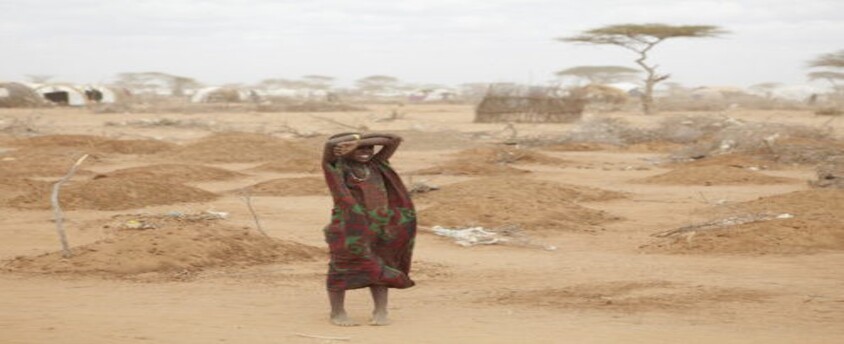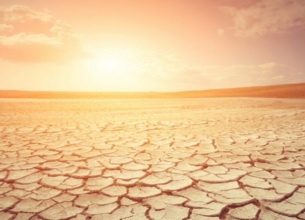Heat Waves
19, Apr 2023

Prelims level : Climatology
Mains level : GS-III Important Geophysical Phenomena Such as Earth Quakes, Tsunami, Volcanic Activity, Cyclone Etc., Geographical features and their Locations-Changes in Critical Geographical Features (Including Water Bodies and Ice Caps) and In Flora and Fauna and the Effects of Such Changes.
Why in News?
- The India Meteorological Department (IMD) warned heatwaves for more than 8 states recently.
What is a heatwave?
- A region is considered to be under the grip of a heatwave if the maximum temperature reaches at least 40 degrees Celsius or more in the plains and at least 30 degrees Celsius or more in hilly regions.
- When the maximum temperature departure ranges between 4.5 and 6 degrees, the India Meteorological Department (IMD) declares a heatwave.
- A severe heatwave is declared when the recorded maximum temperature of a locality departure from normal is over 6.4 degrees Celsius.
- Also, if an area records over 45 degrees and 47 degrees Celsius on any given day, then the IMD declares heatwave and severe heatwave conditions, respectively.
Reasons:
- The lack of pre-monsoon showers has also led to an increase in the overall maximum temperature. Maharashtra recorded 63 per cent deficient rainfall from March 1 to April 26.
- Reasons why overall India is experiencing more heat waves are:
- Magnified effect of paved and concrete surfaces in urban areas and a lack of tree cover.
- Urban heat island effects can make ambient temperatures feel 3 to 4 degrees more than what they are.More heat waves were expected as globally temperatures had risen by an average 0.8 degrees in the past 100 years. Night-time temperatures are rising too.
- Higher daily peak temperatures and longer, more intense heat waves are becoming increasingly frequent globally due to climate change.
- High intensity of UV rays in medium-high heat wave zones.
- Combination of exceptional heat stress and a predominantly rural population makes India vulnerable to heat waves.
Way ahead for India- How should India deal with heat waves?
- Identifying heat hot-spots through appropriate tracking of meteorological data and promoting timely development and implementation of local Heat Action Plans with strategic inter-agency co-ordination, and a response which targets the most vulnerable groups.
- Review of existing occupational health standards, labour laws and sectoral regulations for worker safety in relation to climatic conditions.
- Policy intervention and coordination across three sectors health, water and power is necessary.Promotion of traditional adaptation practices, such as staying indoors and wearing comfortable clothes.
- Popularisation of simple design features such as shaded windows, underground water storage tanks and insulating housing materials.
- Advance implementation of local Heat Action Plans, plus effective inter-agency coordination is a vital response which the government can deploy in order to protect vulnerable groups.
The most heatwave prone areas — known as the Core Heatwave Zone (CHZ) are:
- Rajasthan, Punjab, Haryana, Chandigarh, Delhi, West Madhya Pradesh, Uttar Pradesh, Chhattisgarh, Orissa, Vidarbha in Maharashtra, parts of Gangetic West Bengal, Coastal Andhra Pradesh, and Telangana.







